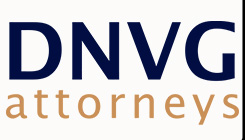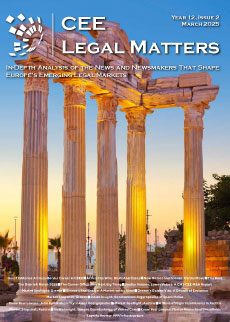A few days ago Montenegro celebrated the tenth anniversary of its independence from the State Union of Serbia and Montenegro. The past decade has been quite dynamic and challenging for the country.
The major economic growth that followed independence was slowed by the recession. Nowadays, Montenegro is a small but an open economy with a relatively good investment climate. The country is a EU candidate, and it recently received invitation for membership in NATO.
Legislation
Development of intellectual property rights in Montenegro has almost as long a life span as the republic itself. After declaring independence, Montenegro acceded to all relevant international treaties, and thus all international mechanisms for protection continued to apply to the country. As regards the national instruments, the entire set of IP laws was created since the local intellectual property office started operations in 2008. The aim was to bring the legislation in line with the EU acquis communautaire.
The Patent Law of 2008 abolished substantive examination of inventions. A patent is granted if the formal requirements are fulfilled. However, the patent owner is obliged to submit a proof of patentability issued by the competent international authority before the expiration of the ninth year of protection. This requirement was prescribed by the most recent changes of the Patent Law of 2015, which rounded the harmonization process. As of March 2010, Montenegro may be designated for protection before the European Patent Office.
Amendments of trademark law abolished substantive examination on relative grounds and introduced the opposition system. As of 2010, trademark owners are able to lodge a formal opposition if they consider that a trademark application is similar to their prior right. The latest amendments, in 2014, strengthened civil protection in case of trademark infringement by including provisions on compensation of damages, unjust enrichment, preliminary injunctions, securing evidence, and the publication of court decision.
In general, all the amendments that took place aimed to simplify relevant procedures, taking into consideration the technical capacities of local institutions and the goal of providing efficient protection of IP rights.
Enforcement
Montenegro’s position on the Balkan peninsula and the Adriatic Sea, bordered by the EU (Croatia) on the west and with a sea port Bar in the south, makes it a convenient entry point for counterfeits originating from the East, notably China. As of 2012, customs proceedings have been simplified and counterfeit goods can be destroyed in the absence of objection from the owner of the goods, without the need to initiate court proceedings. The prerequisite is to have a customs watch application in place.
If the owner of the goods objects to the seizure, a trademark owner may file a trademark infringement lawsuit and request a preliminary injunction to keep the goods off the market. Recent court decisions from our practice in such matters were obtained within six to nine months, a positive development demonstrating that the court is treating trademark infringement as an urgent matter.
Still, some trademark owners decide not to pursue the importer, usually when the quantity of goods is small. Such an approach is not recommended; besides encouraging counterfeiters, it is discouraging to those officials who are working to prevent counterfeit goods from entering the country.
If counterfeits are found on the open market, the competence is in the hands of market inspectorate officials. The rightful owner may request the seizure of a single quantity of goods or file a request for a watch over a certain period of time.
Parallel import is not forbidden in Montenegro. As long as the goods are original, they can enter the free market and sometimes be marketed in a way that the trademark owner might not consider favorable. Once again, it is advisable to put the available means to use and react to such breaches of rights.
We also regularly come across other forms of trademark infringement, such as local companies registering distinguished brands as their company names, using such brands on business premises to attract consumers, using trademarks or other IP rights in advertising campaigns, and so on. Most of these are usually resolved through warning letters and negotiations.
Finally, it is advisable for trademark owners to obtain trademark rights in this jurisdiction or determine the extent of those rights they may already have, even if they are not currently present on the market, since having a valid right remains the safest instrument to fight trademark infringement. For the time being, relying on the well-known status of a trademark in order to defend it does not guarantee a positive outcome, as there is very little court practice to support this option and as the threshold for ascertaining well-known status might be high.
By Jasna Jusic, Director – Montenegro Office, Petosevic

















